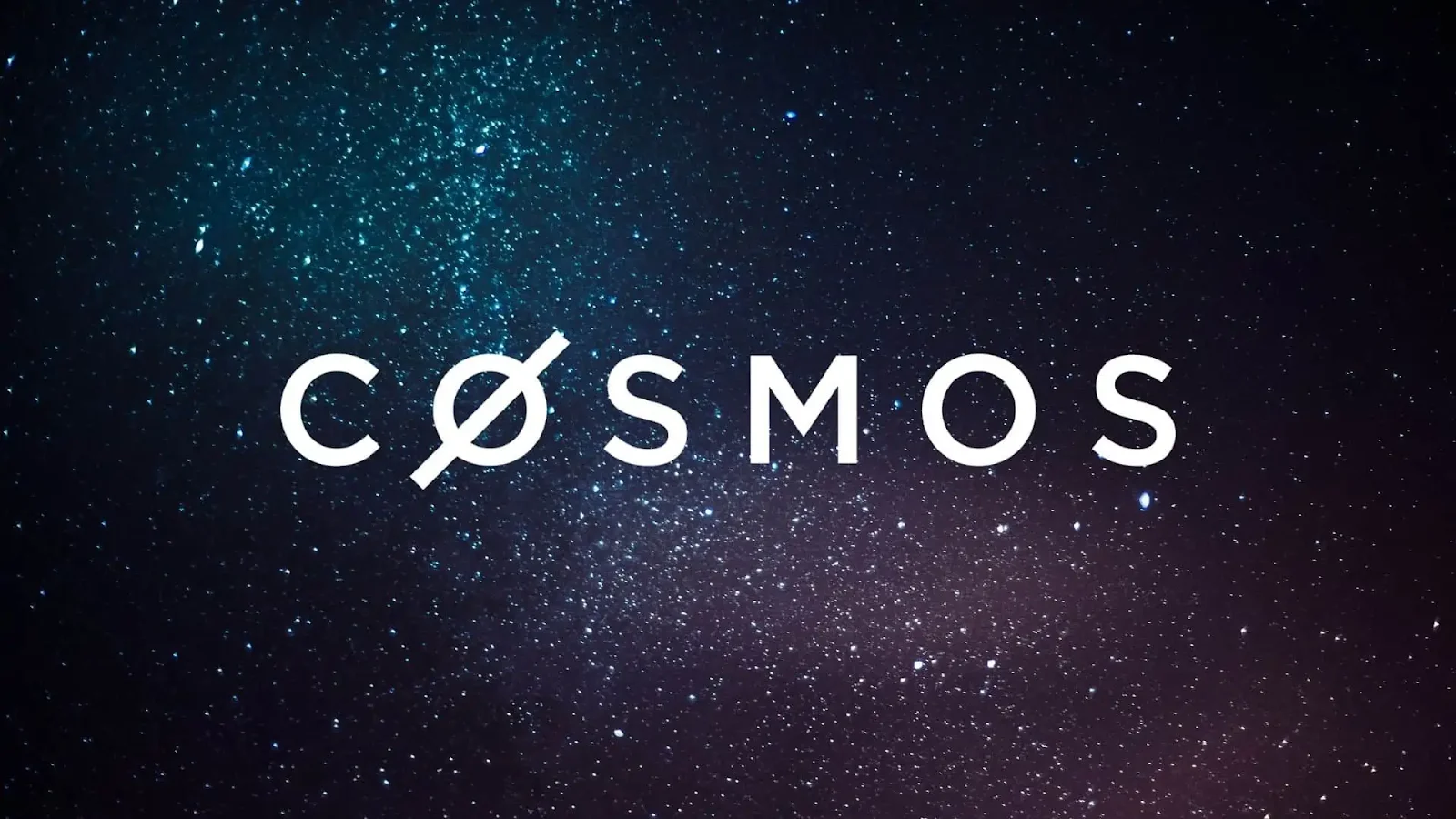
The Cosmos chain is a wonderful galaxy of decentralized applications, tokens, services, and wallets. For an overview of it, from the definition to ecosystem and technology, we have you covered in this post.
It refers to a decentralized network that entails independent blockchains (with scalability and interoperability characteristics) supported by Tendermint and other BFT (Byzantine Fault Tolerance) consensus algorithms.
More specifically, this blockchain ecosystem can communicate with one another. As you know, before the Cosmos chain, blockchains got siloed. They used to be difficult to build and unable to deal with many transactions each second. The introduction of Cosmos helps tackle such concerns.
Cosmos chain builds itself as an ever-growing ecosystem of tools, wallets, and tokens, along with interconnected services and apps – all dedicated to a decentralized future.
This year observes appropriately 100 billion US in digital assets managed by Cosmos. These assets include non-fungible and fungible tokens. By issuing in-application tokens, you get to implement settlements, deal with deflation, and the sky is the limit.
ATOM, Terra, and Binance Coin are some of the Cosmos-secured fungible tokens. We hope you know that as the tokens are identified on blockchains customized to run a single application, their developers are not under the limitations of a general-purpose blockchain.
As you know, Cosmos was originally an open-source community project developed by those from Tendermint. Since then, the foundation ICF has aided in its effort of launching the network.
The vision of this chain development is to create a less challenging environment for blockchain technology development. Cosmos is intended to handle the major problems of past blockchain projects and allow chains to interoperate with one another, thus improving the internet of blockchains.
Well, now are you wondering which way Cosmos can become an internet of blockchains? It defines itself as an interoperable blockchain network and each of those chains is conducted with varied properties coinciding with their specific use cases. It is worth mentioning that Cosmos allows the ability to develop blockchains with interpretability and swift transaction processing.
To attain that vision and kind of network, the Cosmos chain counts on the IBC (Inter-Blockchain Communication Protocol) and other open-source tools and has the Cosmos SDK in its execution. Also, it needs a foundation offering distributed state finality – that foundation is Tendermint. The adaptable tools assist in building a blockchain faster and the customization of safe chains.
More specifically, the Cosmos-based blockchains are developed with the Cosmos SDK. This open-source framework comes with the prerequisites that make it feasible for built blockchains to join inter-chain communications utilizing the IBC. And the chains developed with it leverage the Tendermint.
In conclusion, hopefully, the Cosmos chain overview in terms of ecosystem and technology is helpful to you. Go ahead and kick off your journey with these pieces of knowledge. Above all, do not hesitate to reach out to us for further information and support.
Increased acceptance and knowledge sharing have aided the spontaneous growth of cryptocurrency over the last…
Blockchain can be intimidating to research, but attending cryptocurrency events is one of the best…
Blockchain has made inroads into all major industries and is also becoming a part of…
In recent years, blockchain lending solutions have grown in popularity as a way to earn…
The scalability trilemma is still one of the blockchain's most pressing issues. Here are some…
Many people are looking for ways to get involved in the crypto world as the…